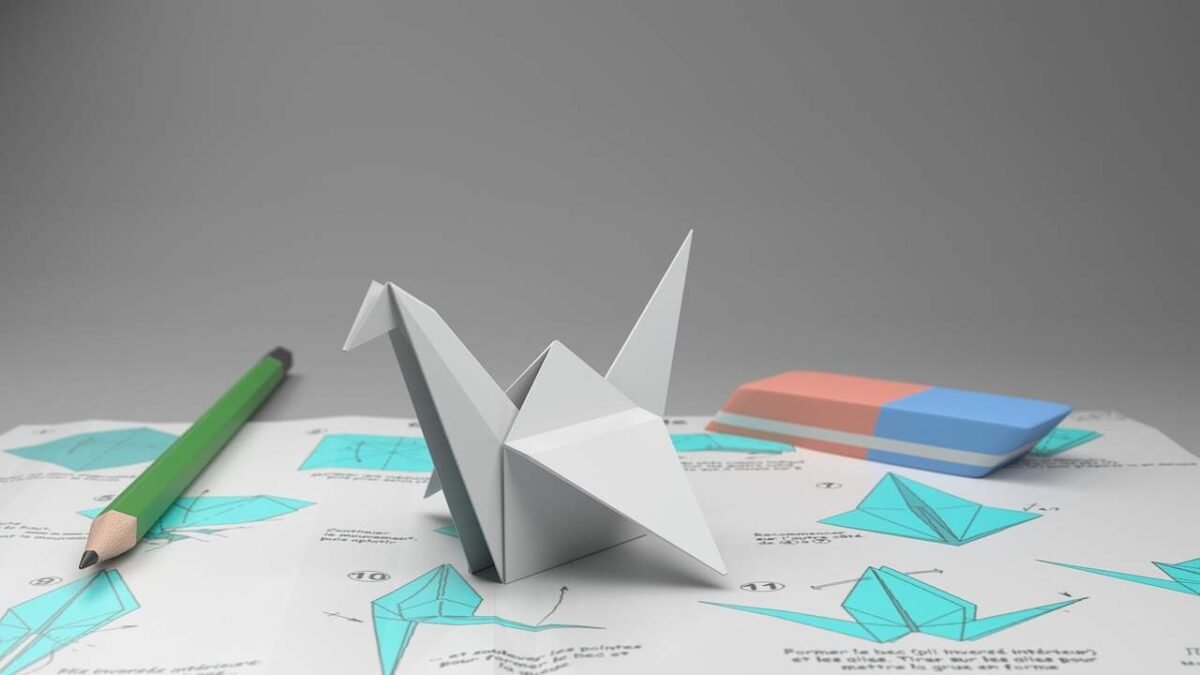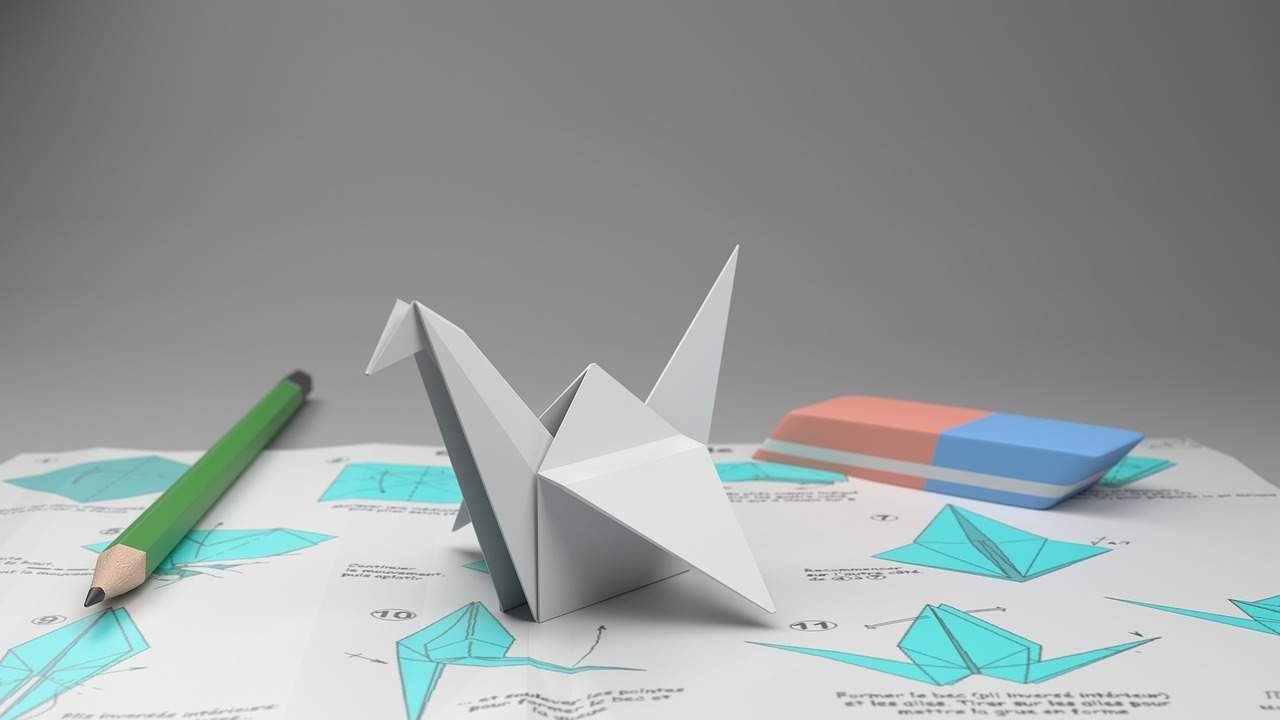3D modeling is the process of generating a three-dimensional (3D) digital representation of any object or image. It has changed the way people look at product design projects. While 2D is still suitable for plans and schematics, It provides an enhanced visual perception of the final product. With 2D rendering capabilities, 3D modelers can place their designs in real-life environments to more realistically show how products interact with the real world.
Here are the articles to explain, What is 3D modeling? What are the types and advantages?
3D modelers use 3D modeling software that creates 3D representations by manipulating polygons, edges, and vertices in a simulated 3D space. Users can create and deform polygonal surfaces or scan real-world objects into data points that can use to digitally represent the object.
Types of 3D Modeling
While several advanced forms of modeling commonly use in the creative industries, these advanced techniques are based on three basic types of 3D modeling:
- Solid Modeling: This type of modeling uses 3D shapes (cylinders, pyramids, cubes, etc.) that work together like building blocks to create 3D objects. These shapes can rotate, modify, be brought together, or be manipulated while remaining whole and solid from all angles.
- Wireframe Modeling: This often uses when the surfaces curve and are complex. The basic building blocks used in solid modeling are difficult to modify and manipulate into complex configurations. In contrast, wireframe modeling uses components such as lines, edges, and curves. Wireframe modeling displays as visible lines all surfaces and internal components that might normally hide in other forms of modeling.
- Surface Modeling: This approach is more complex than solid and wireframe modeling. It helps to create detailed models with more details, complex features, and organic shapes. The primary use case for surface modeling is to represent objects in the real world.
Advantages of 3D Modeling
It has come a long way in terms of the design advantages it offers the creative industries and the visual benefits available to clients in those industries. Some of these advantages include:
- Create accurate visual aids: 3D visualization provides an accurate depiction of what the final product will look like, which helps explain projects to clients, investors, or team members who may not have the design skills or imagination to understand results without visual assistance.
- Save time: It saves designers time and allows them to create models faster than 2D modeling, without sacrificing quality or accuracy.
- Marketing assistance: Marketers can incorporate 3D visualization into marketing materials to help customers understand and interact with products before they release them.
- Help with inspection: Designers can inspect every nook and cranny of the 3D model, allowing them to find and correct errors and weaknesses before creating the actual product.
- Efficiency: 3D models help designers and developers understand the most efficient way to build products, so they can create safe, functional products without wasting valuable time and materials.
The Essential Elements of 3D Modeling
While no two 3D design projects are the same, most of them will contain the same basic elements, which include:
- Ideation: Before modeling begins, the designer must discuss project goals with the team or client requesting the model. Sketches often draw to ensure both parties are on the same page. This helps the designer understand the requirements.
- Modeling: The basic geometry of an object is built using polygons. Then adjust the shape according to the expected result of the 3D model. Processes such as topology and retopology are also used to reduce the number of polygons to reduce the “weight” of an object. A “lighter” 3D model is more compatible with the applications it may be used in, such as (virtual reality) VR, augmented reality (AR), or video games.
- Mapping and Texturing: This is the process of overlaying texture maps on 3D models. These overlays are usually made in 2D, which means they are just flat-color pictures. So if the designer wants the resulting 3D model to look realistic, the texture must look realistic.
- Rendering: While rendering refers to an entirely different technique and process, design projects often use rendering and modeling. Rendering is the process of taking 3D objects and creating realistic visualizations. In this step, photorealistic effects and lighting add to the model.
- Post-processing: The final stage involves modifying the final image to reveal more detail. Filters, lighting effects, and color manipulation can use to improve quality and make images look more realistic
3D Modeling Best Practices
It is not an easy skill to master, and 3D designers often spend years perfecting their skills. To keep improving as a designer, follow these best practices:
- Holistic thinking: Keeping the big picture in mind helps to understand how all the elements of an object fit together. Details are important in 3D models and renderings, but it’s often proportion that makes an image attractive and realistic.
- Details: While details and textures are very important for creating realistic models, it is necessary to balance details. Make sure to include large, medium, and small details.
- Reuse: Instead of starting from scratch every time, maximize efficiency by reusing as many meshes as possible. Meshes can duplicate exactly, or a mirror modifier can use to make something similar.
- Surfaces: One of the most important factors in determining the quality of a 3D model is how light interacts with the surface. Watch for surface imperfections in post-processing, such as bumps, warped areas, or pinches.
3D Modeling and 3D Rendering
3D renderings can only create after the 3D model has stood created.
It is the creation of 3D objects by manipulating polygons, edges, and vertices in a simulated 3D space. This representation calls a 3D model and use to convey the object’s shape, size, and texture. After the model creates, 3D rendering produces a realistic image of the 3D model. At this stage, photorealistic lighting effects add to simulate how the object would look if placed in a real environment. 3D modeling and rendering are steps designers take in the 3D visualization process.



Leave a Reply